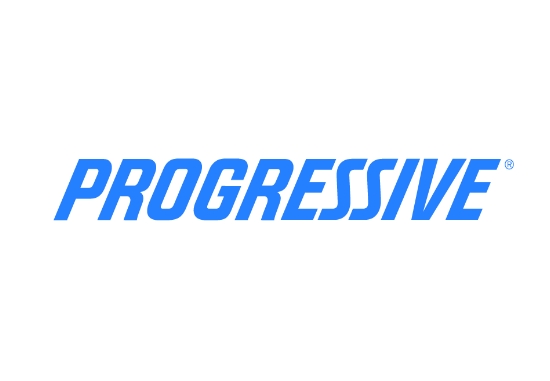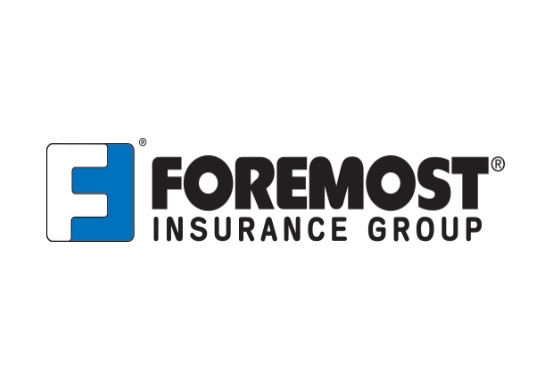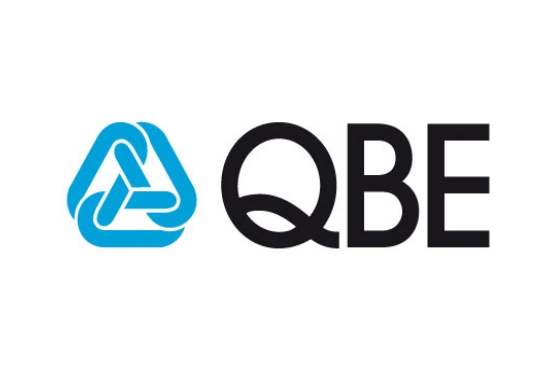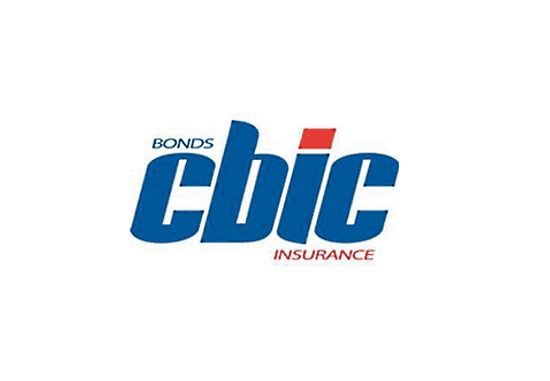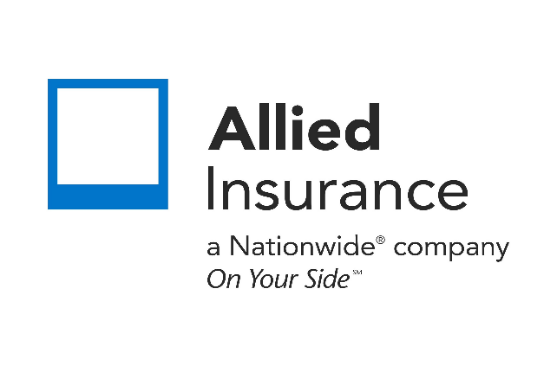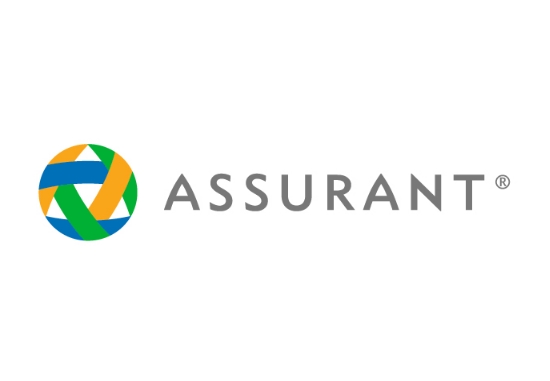Will gap insurance cover my totaled car?
If your car is totaled in an accident, you might worry about how you’ll pay off the remaining loan. That’s where GAP (Guaranteed Asset Protection) insurance can help. But it’s not a magic safety net — it only fills a specific financial gap, under certain conditions.
Quick Definition
GAP insurance covers the difference between what your primary car insurance pays (actual cash value) and what you still owe on your auto loan or lease when your car is declared a total loss.
How GAP Insurance Works in a Total Loss
When your car is totaled, your primary auto insurance typically pays its actual cash value (ACV) — not necessarily what you paid for it.
If the ACV is less than your remaining loan or lease balance, GAP insurance steps in to cover that shortfall.
In other words, GAP insurance guarantees that you don’t remain on the hook to pay off a car you no longer have.
Example Scenario
Imagine you bought a car for a certain price, financed most of it, and then had an accident a year later:
You still owe a large part of the loan.
The insurer determines your car’s ACV based on current market value, depreciation, and your vehicle’s condition.
The payout from your insurer goes to your lender, but it’s not enough to clear your debt.
Your GAP policy covers the remaining balance, making sure you don’t face a big out-of-pocket payment just because the car’s value dropped faster than your loan balance.
What GAP Insurance Usually Doesn’t Cover
It won’t pay for damage repair — only for a total loss.
It often excludes certain fees: your primary insurance deductible, late loan payments, or other charges like extended warranties.
It generally does not reimburse for “extras” added to your loan, like service contracts or add-ons.
GAP coverage may have limits — some policies only cover up to a percentage of what you owe, so very large balances may not be fully covered.
When GAP Insurance Is Most Useful
When you finance a new car and make a small down payment, meaning you owe a lot more than its current value early on.
If your loan is long-term (many months or years), giving more opportunity for negative equity.
When negative equity from a previous loan was carried over into your current one, increasing the “gap.”
If your leasing agreement requires GAP or makes it a very smart financial move for you.
Things to Watch Out For
Read your GAP contract carefully — check for coverage limits, exclusions, and any caps.
Confirm whether your GAP policy includes or excludes your primary insurance’s deductible.
Ask whether there are any “rollover” rules if you traded in a car with negative equity.
Keep up on your loan payments — if you fall behind, some GAP policies may not cover you.
Make sure the company offering the GAP coverage is reputable and that you understand how to file a claim in a total loss scenario.
FAQ
Q1: Does GAP cover loan payments I missed before the accident?
No — most GAP policies exclude missed or late payments and related fees.
Q2: Will GAP pay my deductible?
Not always. Many policies do not cover the deductible from your primary insurance.
Q3: Do I get money back if I had equity in the car?
If your ACV exceeds the loan balance, there’s no “gap” to cover — GAP typically won’t pay anything, and you might receive leftover funds from your insurance settlement.
Q4: Can GAP cover add-ons like service contracts or warranties?
Usually not. GAP is meant to cover the loan balance, not optional extras financed in your loan.
Q5: Does GAP kick in for theft or natural disasters?
Yes — GAP usually applies when the car is a total loss due to accidents, theft, or similar covered events.
Final Summary
GAP insurance is a powerful financial tool if your financed or leased car is totaled. It covers the difference between what your insurer pays (actual cash value) and what you still owe on the loan — preventing you from being stuck with a big bill for a car that’s gone. But it doesn’t cover everything. To make sure it helps you when you need it most, carefully check the terms of your GAP policy, understand its limits, and avoid assuming it’ll cover every loan-related cost.
Are you facing potential liability or want to ensure your business is protected against claims for compensation for damages? Fill out the form below to get expert guidance and a tailored insurance solution from our network of carriers. Start now — get personalized options fast, secure, and tailored to you.
Related Posts
Get a Right Insurance For You
SHARE THIS ARTICLE
We will compare quotes from trusted carriers for you and provide you with the best offer.
Protecting your future with us
Whatever your needs, give us a call, have you been told you can’t insure your risk, been turned down, or simply unhappy with your current insurance? Since 1995 we’ve been providing coverage to our customers, and helping people across United States.

